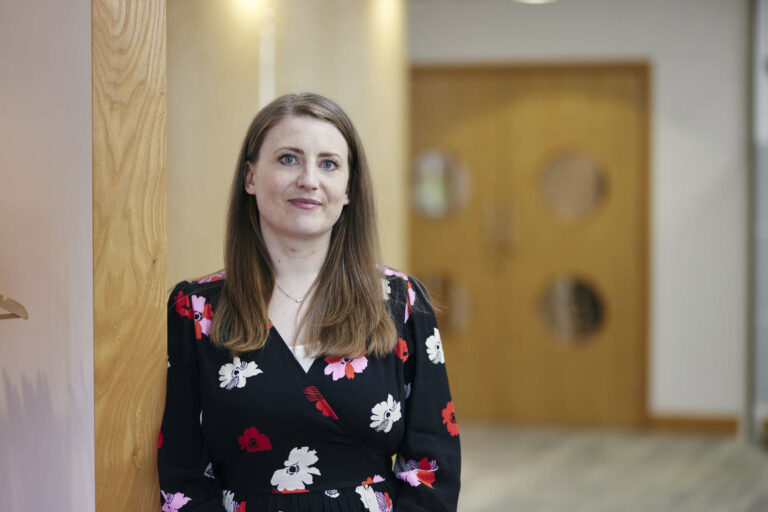Within the last decade we have seen significant changes to make our roads safer for users. As part of these changes, we saw the introduction of smart motorways; sections of motorway using traffic management methods to increase capacity and reduce congestion in particularly busy areas.
These methods include using hard shoulders as a driving lanes and using variable speed limits to control the flow of traffic.
Highways England (previously the Highways Agency) developed smart motorways to manage traffic in a way that minimises environmental impact, cost and time to construct by avoiding the need to build additional lanes whilst effectively making the most of the existing lanes to ease the flow of traffic.
There are three types of schemes classed as smart motorways. These are controlled motorways, dynamic hard shoulder running schemes and all lane running schemes.
But are they safer for road users?
What do I need to know? – hard shoulders
Motorways are still the safest roads in Britain. But 1 in 12 fatalities are caused on hard shoulders. The highway code (Rule 269) says about hard shoulders on a motorway that;
When a motorway has a hard shoulder, drivers must not use it except in an emergency or if directed to do so by the police, traffic officers or a traffic sign.
As mentioned above, smart motorways sometimes use hard shoulders as an extra lane during periods of congestion. Drivers must not assume that all hard shoulders can be used this way and carefully follow the direction of traffic signs. A red ‘X’ or blank sign above the hard shoulder means that you must not use the hard shoulder except in an emergency.
Lessons Learnt from Claims
Speed and/or inattention is the cause of most incidents on the roads.
What may sound as a small numerical difference in speed can have a really big impact on the force with which vehicles may collide to each other or on other obstacles during a crash. The lack of a hard shoulder on smart motorways means that stationary vehicles (because of a breakdown or crash) cannot always be safely removed quickly and passengers need to remain within the vehicles until the authorities respond to their emergency and effectively create a new hard shoulder by closing the far-left lane to provide the vehicle somewhere to be safely moved to, or to remain until it can be removed. Unfortunately, there have been numerous incidents where vehicles have collided with another vehicle where the hard shoulder was being used as a driving lane, either because the signage was not updated in time, or where other motorists have not noticed the change in lane usage reinstating the hard shoulder.
Things can get even trickier if passengers need to leave their vehicle following a collision or serious fault (engine catching fire for example) as they may be surrounded by vehicles going at high speeds that will try to break to avoid them and who if they get hit by, are likely to cause very significant damage, serious personal injury or even death.
As a consequence of safety concerns the government announced in April that they were abandoning new smart motorway schemes.
How can we help?
At Enable Law we have supported hundreds of road accident victims who suffered catastrophic injuries because of incidents that took place at high speeds. Proving who is at fault at road traffic incidents can be tricky as everything happens quickly and the impact of the crash can affect witnessing road users. It is really important that if you or a loved one have been affected by injuries caused by high-speed vehicles you speak to a specialist personal injury solicitor to help you understand if you have a claim and what your steps can be to get the support you will need to get back on your feet following the injury.
To have a free, no obligation, confidential discussion with a member of our team call us on 0800 044 8488 or alternatively fill in our contact form here Contact Us – Enable Law so we can give you a call back at a time convenient to you.
If you would prefer to meet with us in person, our team is happy to visit you or your loved one at home or hospital for free to discuss your case. We are in your corner and happy to help you understand what went wrong and what next steps can be based on your personal experience and individual needs.









